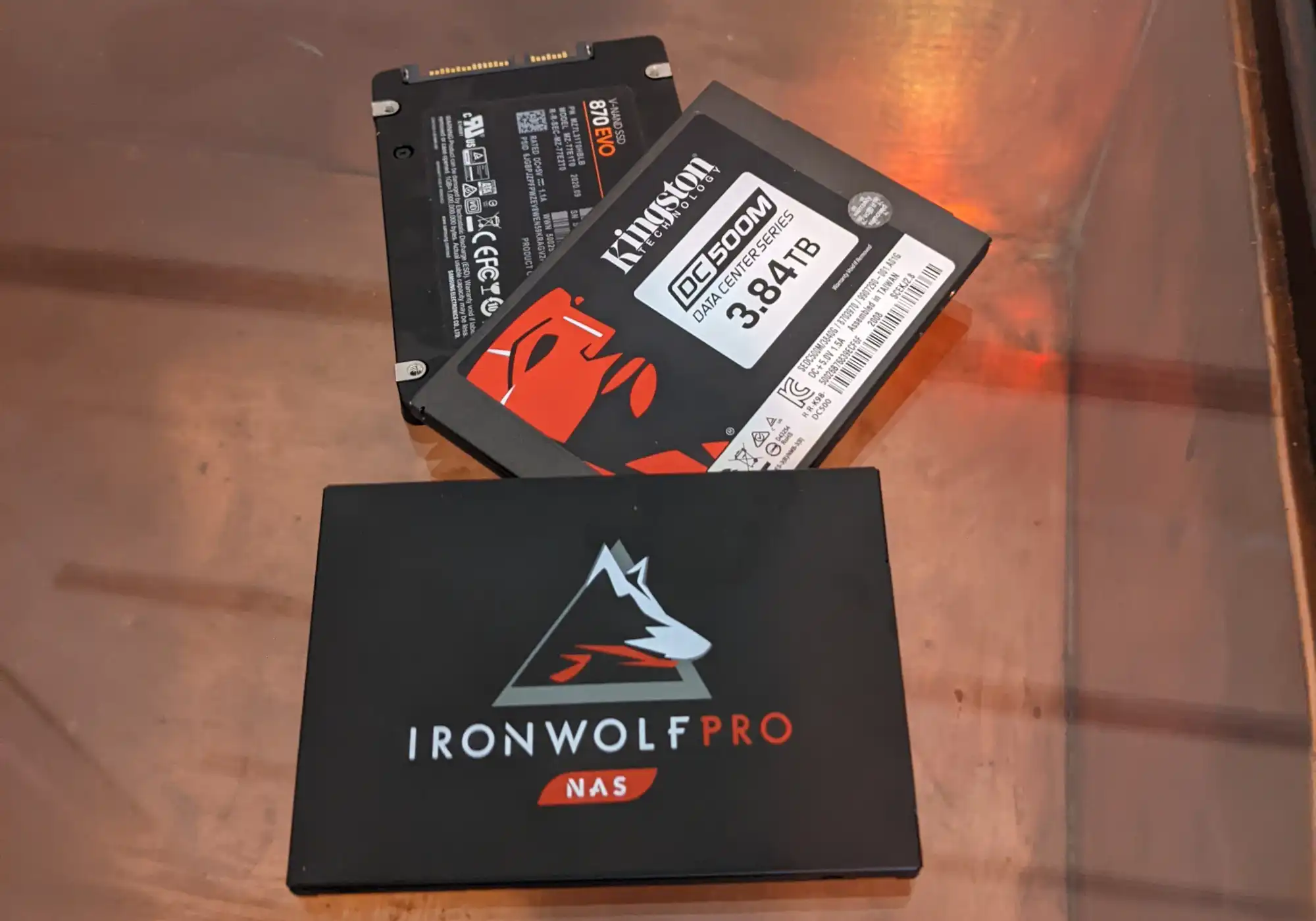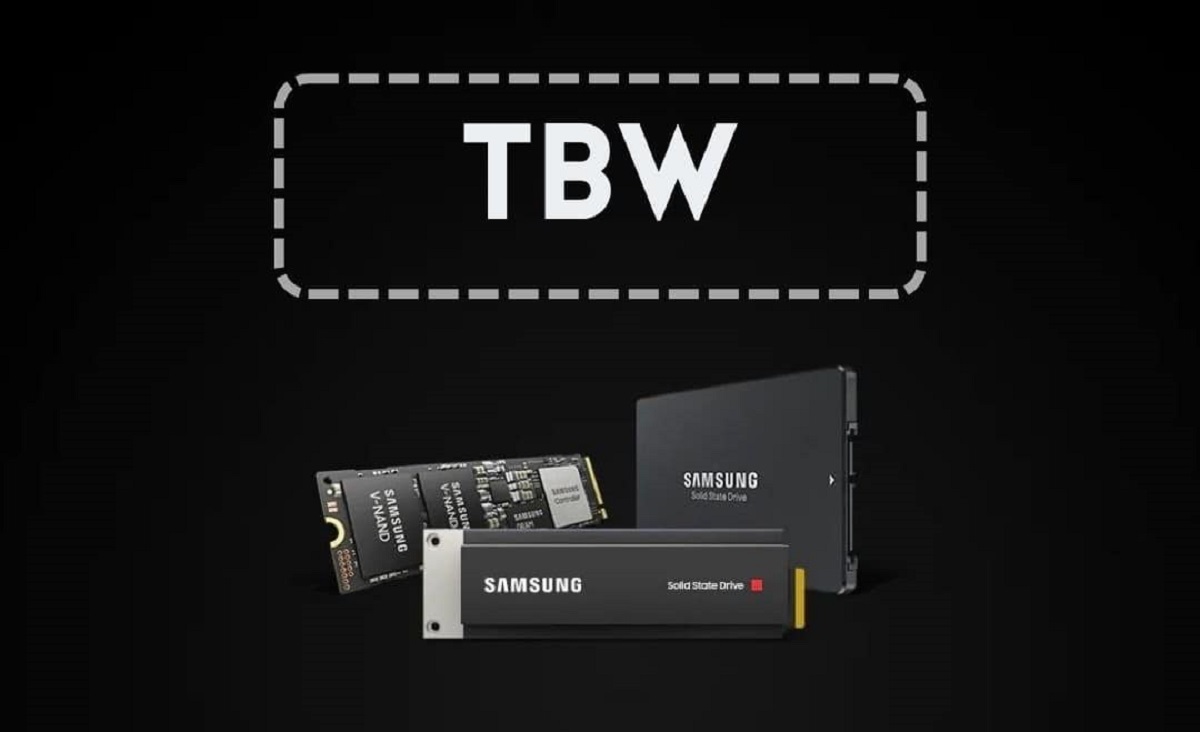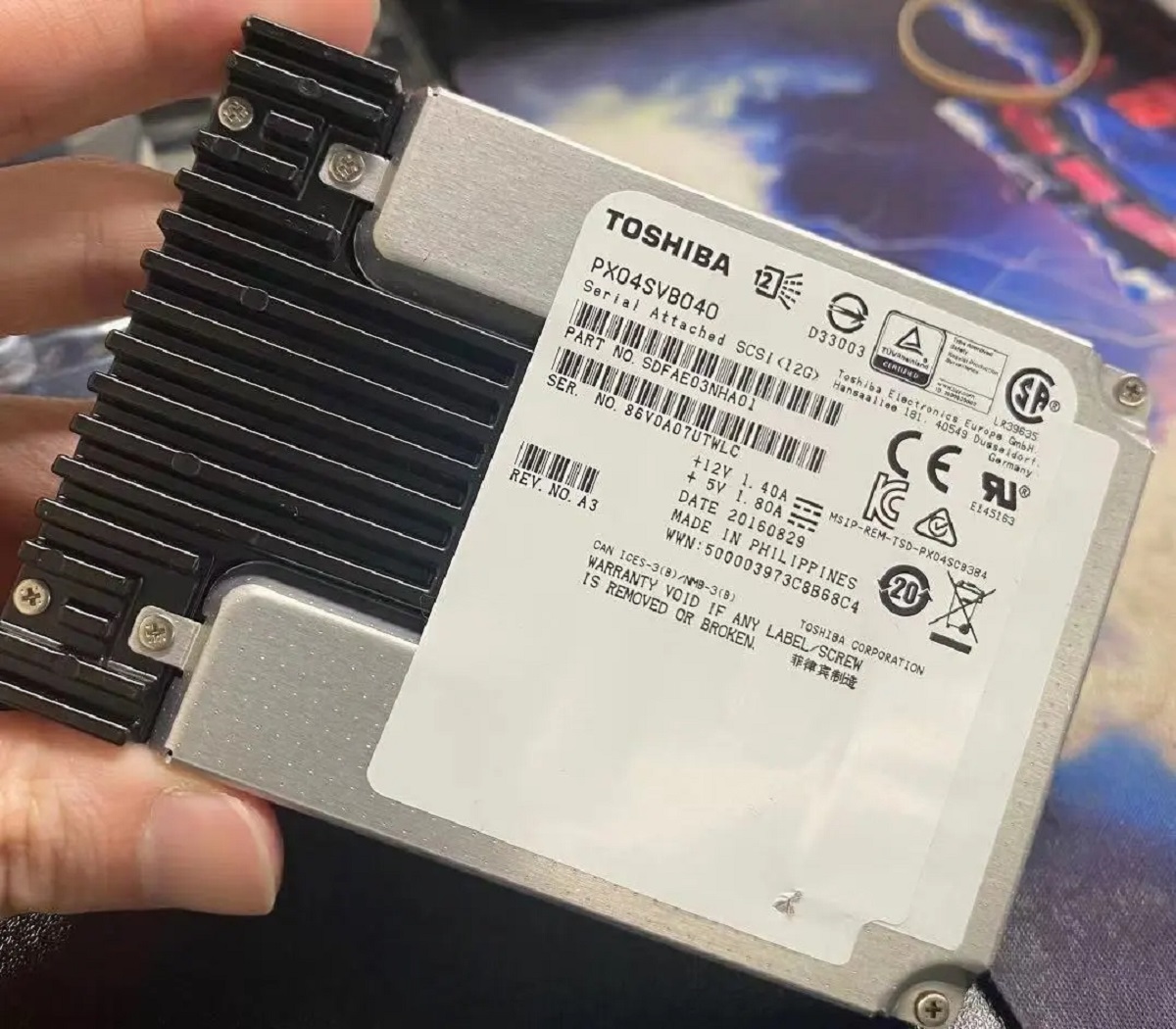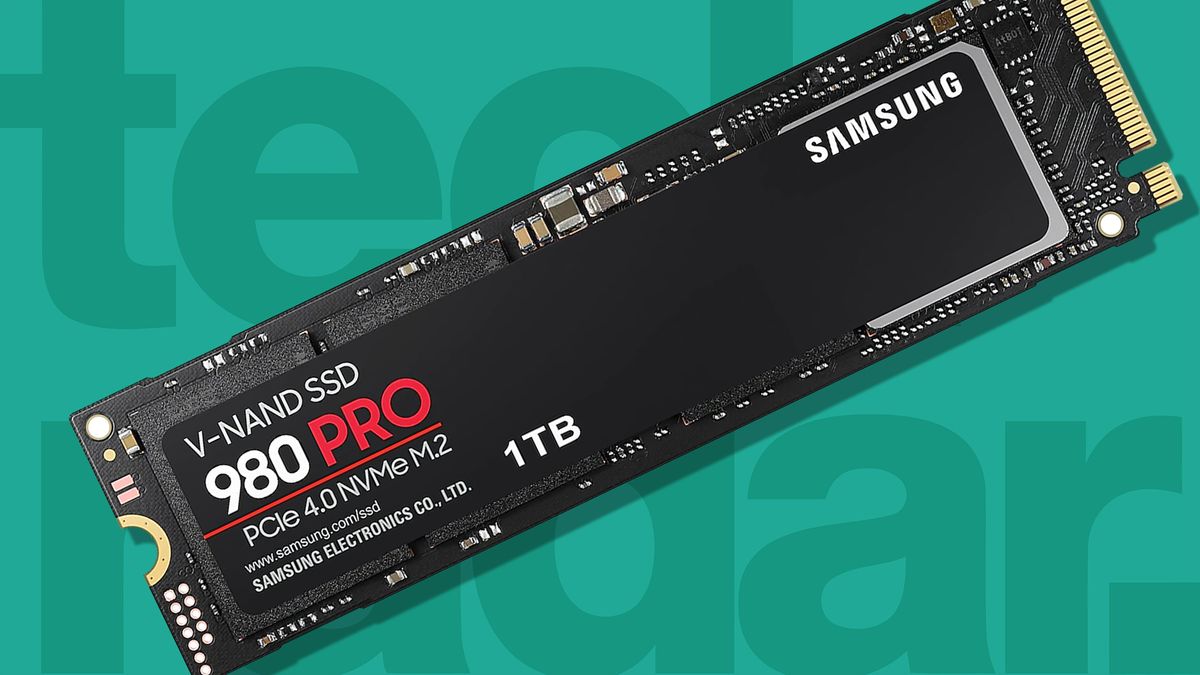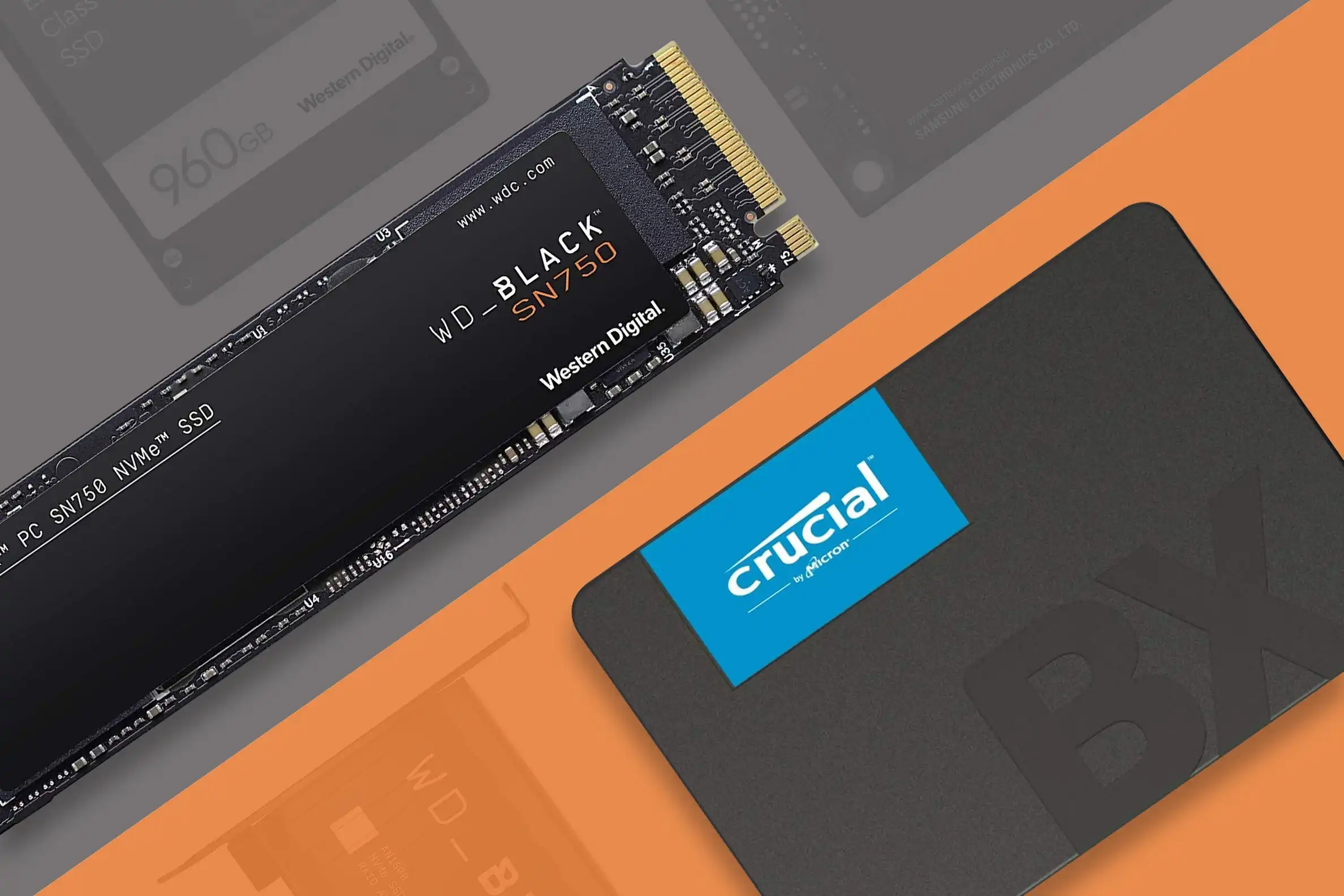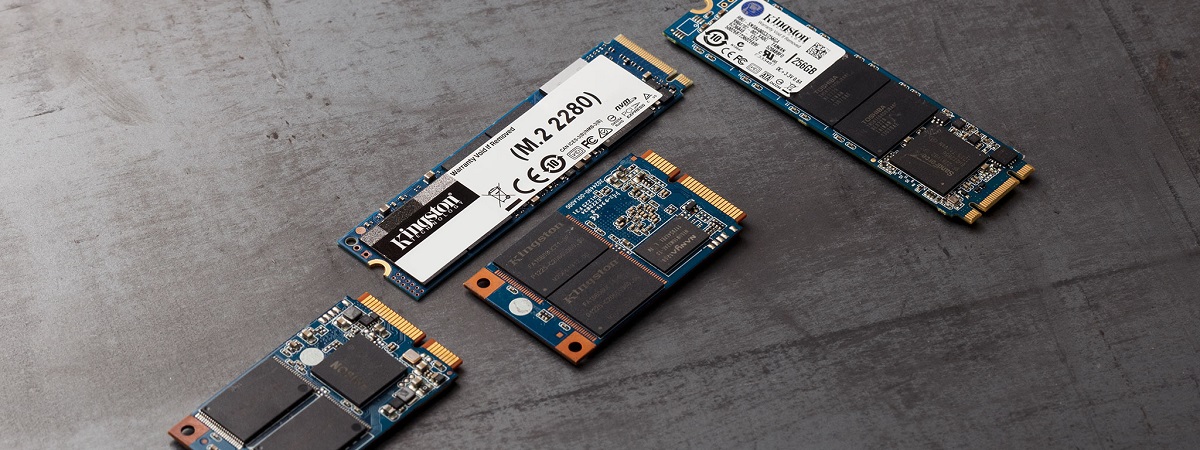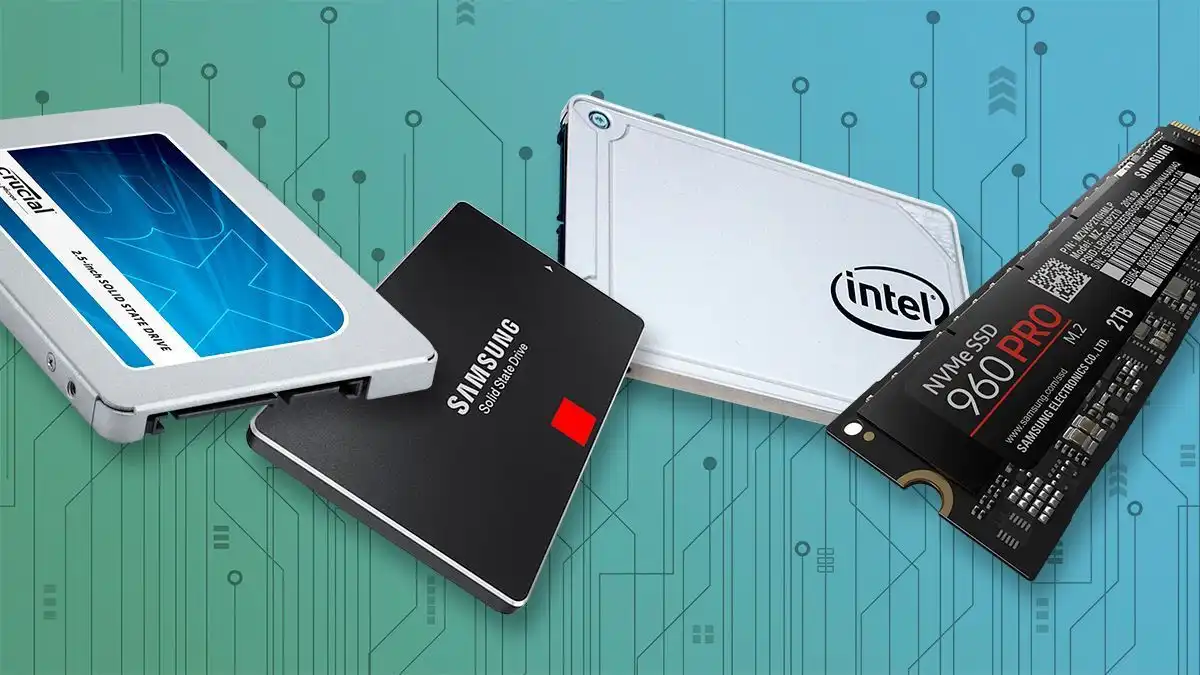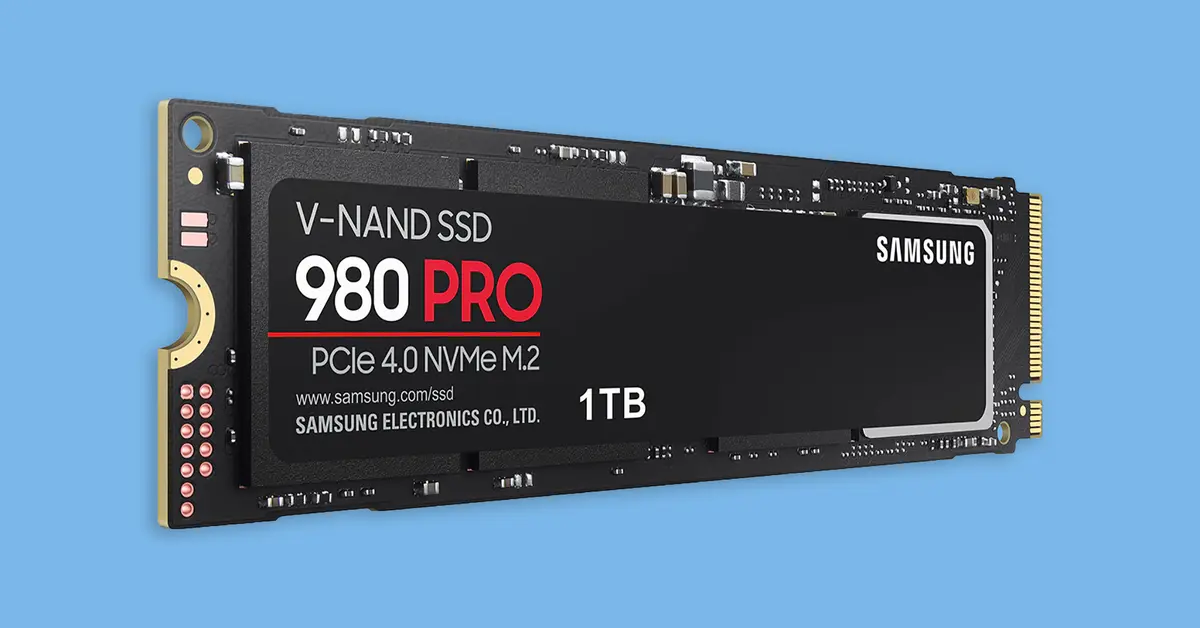Introduction
Welcome to the world of SSDs! Solid State Drives, or SSDs, have taken the computing industry by storm with their lightning-fast speed and reliability. But as with any technology, it’s important to understand its inner workings to make the most out of it.
One essential concept to grasp when it comes to SSDs is TBW, which stands for Total Bytes Written. TBW is used to measure the endurance or lifespan of an SSD. It serves as a vital metric in determining the reliability and durability of these storage devices.
In this article, we’ll delve into the nitty-gritty details of TBW and why it’s important in the context of SSDs. We’ll explore how TBW is calculated, the factors that can impact it, what happens when the TBW limit is reached, and how different SSDs stack up in terms of their TBW ratings. Lastly, we’ll provide some practical tips on how to extend the lifespan of your SSD.
So, if you’re ready to dive into the world of TBW and discover how it affects your SSD’s performance and longevity, let’s get started!
What is TBW?
Before we get into the details, let’s start with the basics: what exactly is TBW? TBW, or Total Bytes Written, refers to the total amount of data that can be written to an SSD over its lifespan. It is measured in terabytes (TB).
Essentially, TBW provides an estimation of how long your SSD will last under typical usage conditions. It represents the maximum amount of data that can be written to the drive without encountering any failure or significant performance degradation.
For example, if the given TBW rating of an SSD is 500TB, it means that you can write up to 500 terabytes of data to the drive before it reaches its TBW limit.
TBW is an important metric to consider when choosing an SSD, especially for users who engage in heavy data-intensive activities such as video editing, gaming, and running virtual machines. These activities tend to involve frequent read and write operations, which can impact the lifespan of the drive.
SSD manufacturers determine the TBW rating through extensive testing, taking into account various factors such as the NAND flash memory type used in the drive and the firmware’s efficiency in managing write operations.
It’s worth noting that the TBW value should not be confused with the drive’s capacity. The capacity indicates the amount of data that the SSD can store, while TBW focuses on the endurance or lifespan of the drive.
Now that we have a clear understanding of what TBW is and its significance for SSDs, let’s explore why it’s important to consider this metric when purchasing an SSD in the next section.
Why is TBW important for SSDs?
TBW plays a crucial role in assessing the reliability and durability of an SSD. Understanding why TBW is important can help you make informed decisions when choosing the right SSD for your needs.
First and foremost, the TBW rating provides an estimation of the drive’s lifespan. SSDs have a limited number of write cycles that can be performed before their performance begins to degrade or the drive fails altogether. The higher the TBW rating, the longer the drive is likely to last.
When the TBW limit is reached, the SSD may start to experience issues such as slower performance, increased latency, or even complete failure. By considering the TBW rating, you can evaluate how well the SSD will withstand heavy write operations and avoid potential data loss or system instability.
Furthermore, TBW can help you determine the suitability of an SSD for your specific usage requirements. If you primarily engage in light computing tasks like web browsing and document editing, a lower TBW rating may be sufficient. However, if you’re a power user or a professional involved in resource-intensive work, such as video editing or 3D rendering, you’ll want an SSD with a higher TBW rating to ensure optimal performance and longevity.
Another aspect to consider is that SSDs with higher TBW ratings often come with advanced features and technologies that enhance their endurance. These drives typically employ more durable NAND flash memory and sophisticated wear-leveling algorithms that distribute write operations evenly across the drive, reducing the risk of premature wear on specific cells.
Finally, TBW is important from a cost perspective. SSDs with higher TBW ratings tend to be more expensive, but the investment can be justified if you require a drive that offers long-term reliability and consistent performance. On the other hand, if your usage demands are relatively light, opting for an SSD with a lower TBW rating can help you save money without sacrificing performance.
Considering the importance of TBW in evaluating an SSD’s durability, performance, and value for money, it’s essential to review this metric when making your purchasing decision. In the next section, we’ll explore how TBW is calculated, shedding light on the factors that influence this crucial endurance rating.
How is TBW calculated?
Calculating the TBW involves a combination of factors and testing methodologies used by SSD manufacturers to estimate the endurance of their drives. While the exact calculation may vary between manufacturers, the process generally involves the following elements:
- NAND Flash Memory Type: The type of NAND flash memory used in an SSD has a significant impact on its endurance. SLC (Single-Level Cell) NAND, for example, offers the highest endurance and is often found in enterprise-grade SSDs. MLC (Multi-Level Cell) and TLC (Triple-Level Cell) NAND, which are more common in consumer-grade SSDs, offer lower endurance but are more cost-effective.
- Write Amplification: Write amplification is a measure of how much additional data is written to the NAND flash memory due to algorithms used by the SSD’s controller. A lower write amplification results in fewer writes to the NAND, prolonging the lifespan of the drive.
- Firmware Efficiency: The firmware of the SSD plays a significant role in managing write operations efficiently and minimizing unnecessary writes. By optimizing the way data is written to the NAND, firmware can reduce wear on the memory cells and enhance the overall endurance of the drive.
- Over-Provisioning: Over-provisioning involves allocating a portion of the SSD’s capacity for internal maintenance and wear-leveling purposes. This practice helps prolong the drive’s lifespan by ensuring that there is ample free space for efficient data management.
- Testing Methodologies: SSD manufacturers conduct extensive testing to determine the TBW rating. These tests typically involve subjecting the drive to rigorous write operations and monitoring its performance over time. The testing also takes into account real-world usage scenarios and workload patterns to provide accurate estimates of the drive’s endurance.
By considering these factors and conducting thorough testing, SSD manufacturers arrive at the TBW rating for their drives. It is important to note that the calculated TBW rating is an estimation and may vary based on the specific usage patterns, temperature, and other environmental conditions.
Understanding how TBW is calculated can give you insights into the endurance capabilities of an SSD and help you select a drive that aligns with your intended usage and longevity expectations. In the next section, we’ll explore the various factors that can influence the TBW rating of an SSD.
Factors that affect TBW
Several factors can influence the TBW (Total Bytes Written) rating of an SSD and ultimately determine its endurance and longevity. Understanding these factors can help you make informed decisions when selecting an SSD that meets your specific usage requirements. Here are some key factors to consider:
- NAND Flash Memory Type: The type of NAND flash memory used in an SSD has a significant impact on its TBW rating. SLC (Single-Level Cell) NAND offers the highest endurance and is commonly found in enterprise-grade SSDs. MLC (Multi-Level Cell) and TLC (Triple-Level Cell) NAND, which are more prevalent in consumer-grade SSDs, offer lower endurance but are more cost-effective.
- Drive Capacity: Generally, higher-capacity SSDs tend to have higher TBW ratings. This is because larger-capacity drives have more NAND flash memory cells, which can spread the write operations over a larger area, reducing wear on individual cells.
- Usage Patterns: The intensity and types of workloads you subject your SSD to can impact its TBW rating. Heavy write-intensive tasks like video editing or running virtual machines can accelerate the wear on the NAND flash memory, potentially reducing the lifespan of the drive. On the other hand, light workloads such as web browsing and document editing have a lesser impact on TBW.
- Operating Temperature: High operating temperatures can contribute to accelerated NAND flash degradation, reducing the TBW rating of an SSD. It is important to maintain an optimal operating temperature range for your SSD to ensure longevity and optimal performance.
- Write Amplification: Write amplification refers to the amount of data written to the NAND flash memory compared to the actual data being written by the host system. Higher write amplification can result in increased wear on the NAND and impact the TBW rating of an SSD. SSDs with efficient controllers and firmware algorithms can minimize write amplification and enhance endurance.
- Over-Provisioning: Over-provisioning is the practice of reserving a portion of the SSD’s capacity for background processes and wear-leveling algorithms. SSDs with higher levels of over-provisioning tend to have better endurance, as they have more spare cells to distribute write operations evenly.
It’s important to note that these factors can vary between SSD models and manufacturers. Therefore, when comparing TBW ratings, it is advisable to consider multiple factors holistically rather than relying solely on the TBW value.
By understanding the factors that influence TBW, you can select an SSD that aligns with your usage patterns and requirements. In the next section, we’ll explore what happens when the TBW limit is reached and how it may impact the performance and lifespan of your SSD.
What happens when TBW is reached?
When the TBW (Total Bytes Written) limit of an SSD is reached, it signifies that the drive has undergone a significant amount of write operations and is nearing the end of its intended lifespan. While different SSDs handle this situation differently, there are a few common scenarios that occur when TBW is reached:
- Performance Degradation: As an SSD approaches its TBW limit, you may start to experience a gradual decline in performance. This can manifest as slower read and write speeds, increased latency, and longer response times. The SSD may struggle to handle heavy workloads, leading to a reduction in overall system responsiveness.
- Increased Error Rates: When an SSD reaches its TBW limit, it may experience an increase in errors during data read and write operations. This can result in data corruption, system crashes, or the inability to access stored information. It is vital to regularly backup your data to avoid potential data loss.
- Complete Drive Failure: In more severe cases, the SSD may completely fail to function once the TBW limit is exceeded. This can result in the drive becoming unresponsive, inaccessible, or unbootable. If this happens, professional data recovery services may be required to retrieve any important data stored on the drive.
It is important to note that reaching the TBW limit does not necessarily mean that the SSD will stop working immediately. It serves as an indicator that the SSD has undergone significant wear and may be more prone to failures or performance issues.
While SSDs have a finite TBW rating, most modern drives come with advanced technologies and features that provide ample warning and allow for graceful degradation. SMART (Self-Monitoring, Analysis, and Reporting Technology) attributes can track the health and endurance of an SSD, providing indications when the TBW limit is approaching.
When TBW is reached, it is recommended to replace the SSD with a new one to maintain optimal performance and data integrity. Regularly monitoring the TBW value and proactively replacing the drive before it reaches its limit can help prevent unexpected drive failures and data loss.
Now that we know what happens when the TBW limit is reached, let’s move on to the next section, where we will compare the TBW ratings of different SSDs and consider factors to extend the lifespan of your SSD.
Comparing TBW ratings of different SSDs
When considering which SSD to purchase, comparing the TBW (Total Bytes Written) ratings of different drives can provide valuable insights into their endurance and reliability. A higher TBW rating generally indicates a longer lifespan and a better ability to handle intensive write operations. Here are some factors to consider when comparing TBW ratings:
- Drive Type: Different types of SSDs, such as consumer-grade drives, professional-grade drives, and enterprise-grade drives, have varying TBW ratings. Enterprise-grade SSDs typically have higher TBW ratings, reflecting their durability and suitability for heavy workloads.
- NAND Flash Technology: The type of NAND flash technology used in an SSD influences its TBW rating. SLC (Single-Level Cell) NAND offers the highest endurance, followed by MLC (Multi-Level Cell) and TLC (Triple-Level Cell) NAND. SSDs using SLC tend to have higher TBW ratings but come with a higher price tag.
- Capacity: Generally, higher-capacity SSDs tend to have higher TBW ratings. This is because larger-capacity drives have more NAND flash memory cells, allowing for more write cycles and greater endurance.
- Manufacturer’s Reputation: Consider the reputation and track record of the SSD manufacturer. Established manufacturers with a strong history of producing reliable and long-lasting SSDs are more likely to have higher TBW ratings.
- Intended Usage: Consider your specific usage patterns and workload requirements. If you primarily engage in light computing tasks, an SSD with a lower TBW rating may suffice. However, if you regularly handle resource-intensive tasks, such as video editing or running virtual machines, opting for an SSD with a higher TBW rating is advisable.
It’s important to note that while comparing TBW ratings is valuable, it should not be the sole determining factor in selecting an SSD. Other considerations, such as performance, reliability, price, and warranty, should also be taken into account.
It’s also worth mentioning that SSD manufacturers may offer different warranty terms related to the TBW rating. Some manufacturers provide a warranty based on a specific TBW limit, while others offer a warranty based on a predefined duration, regardless of TBW. Be sure to review the warranty information to understand the coverage provided by the manufacturer.
By comparing the TBW ratings of different SSDs, considering the factors mentioned above, and aligning them with your usage requirements, you can make an informed decision and choose an SSD that offers the right balance of endurance, performance, and value.
In the next section, we will explore some practical tips to help you extend the lifespan of your SSD.
Tips to Extend the Lifespan of Your SSD
While SSDs are designed to be durable and long-lasting, there are several measures you can take to maximize their lifespan and maintain optimal performance. Here are some practical tips to help you extend the lifespan of your SSD:
- Enable TRIM: TRIM is a feature supported by modern operating systems that helps maintain SSD performance by informing the drive which data blocks are no longer in use. Enabling TRIM ensures that the SSD can efficiently manage and optimize write operations.
- Keep the Operating System and Firmware Updated: Regularly updating your operating system and SSD firmware ensures that you have the latest bug fixes, security patches, and performance enhancements. These updates may also include optimizations that improve the SSD’s longevity.
- Avoid Excessive Heat: High temperatures can contribute to the degradation of NAND flash memory cells. Ensure that your SSD remains within the recommended operating temperature range. Good airflow and proper ventilation inside your computer case can help dissipate heat effectively.
- Enable Power Management: Most modern SSDs support power management features that reduce power consumption, heat generation, and unnecessary wear on the drive. Enabling power management options like sleep mode or idle state can help extend the SSD lifespan.
- Avoid Full Capacity Usage: Leaving some free space on your SSD helps improve its performance and longevity. Aim to keep at least 10-20% of the drive’s capacity free to allow for wear-leveling algorithms to function effectively and reduce the stress on the NAND cells.
- Backup Your Data Regularly: While SSDs are generally reliable, data loss can still occur due to various reasons. Regularly backing up your data ensures that you have a copy of important files, protecting them against potential SSD failures or accidental deletions.
- Avoid Unnecessary Write Operations: Minimize excessive write operations whenever possible. This can be achieved by avoiding unnecessary file transfers, limiting large file downloads or installations, and reducing unnecessary write-intensive activities.
- Avoid Frequent Full Drive Formatting: While formatting an SSD is sometimes necessary, frequent full drive formatting can increase the wear on the NAND cells. Instead, consider using quick format options when needed.
By following these tips, you can ensure that your SSD remains in optimal condition and extends its lifespan. However, it’s important to note that even with proper care, SSDs will eventually reach their TBW limit. Therefore, regularly monitoring the TBW value and considering an upgrade when necessary is essential to maintain optimal performance.
In this article, we’ve explored what TBW is, its importance for SSDs, how it’s calculated, factors that affect TBW, what happens when TBW is reached, and how to compare TBW ratings. We also provided practical tips to extend the lifespan of your SSD. Armed with this knowledge, you can make informed decisions when it comes to selecting, using, and maintaining your SSD.
Conclusion
In conclusion, understanding TBW (Total Bytes Written) is crucial when it comes to SSDs. TBW provides an estimation of the drive’s endurance and lifespan, representing the maximum amount of data that can be written before performance degradation or failure may occur.
We explored the significance of TBW for SSDs, including the factors that can impact TBW ratings, such as NAND flash memory type, drive capacity, usage patterns, operating temperature, write amplification, and over-provisioning. By considering these factors, you can select an SSD that aligns with your specific needs and workload requirements.
We also discussed what happens when the TBW limit is reached, including potential performance degradation, increased error rates, and even drive failure. It’s important to monitor the TBW value and replace the SSD when necessary to maintain optimal performance and data integrity.
Furthermore, we highlighted the importance of comparing TBW ratings when choosing an SSD, taking into account factors like the drive type, NAND flash technology, capacity, manufacturer reputation, and intended usage. By considering these factors, you can find an SSD that offers the right balance of endurance, performance, and value for your needs.
To extend the lifespan of your SSD, we provided practical tips such as enabling TRIM, keeping the operating system and firmware updated, avoiding excessive heat, enabling power management, keeping free capacity on the drive, backing up data regularly, and minimizing unnecessary write operations.
By following these tips and understanding the significance of TBW, you can effectively manage and maintain your SSD to ensure optimal performance, longevity, and data safety.
Remember, SSDs are an investment in your computing experience, and by considering important factors like TBW, you can make informed decisions that enhance your overall usage and satisfaction with these high-speed storage devices.







